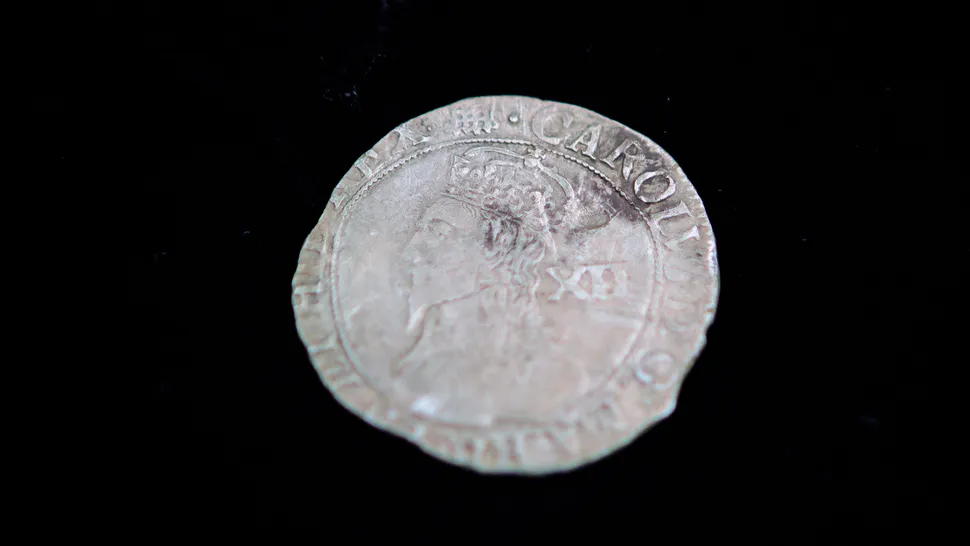From Live Science:
An almost 400-year-old silver coin found in a field in Maryland suggests that the remains of a nearby fort are all that's left of one of the earliest English colonial settlements in the Americas, archaeologists said. The coin is a silver shilling — worth the equivalent of maybe $8 in the 17th century — that portrays a likeness of the English king Charles I. Research shows it must have been minted in London in about 1633 — more than a decade before Charles was executed by his Parliamentarian enemies in 1649, during the English Civil War.Share
The coin indicates the underground remains of the structure where it was found are from the very first colonial fort built in 1634, said archaeologist Travis Parno, the director of research and collections at Historic St. Mary's City, an archaeological and historical museum funded by the state of Maryland.
Over the last three years, archaeologists have unearthed several artifacts — such as fragments of distinctive stoneware called "Rhenish" pottery from France and Germany, ceramics from Surrey in England and lead shot for muskets — that show the site was inhabited by early European colonists.
But the silver shilling finally verifies the age of the site and the fort, Parno told Live Science.
"It's a key dating tool that suggests this is a very early 17th-century site," he said. "We've got a lot of artifacts that are really pointing us to an early 17th-century date, so finding a coin that nails that down to a very early period is really helpful." (Read more.)


















No comments:
Post a Comment